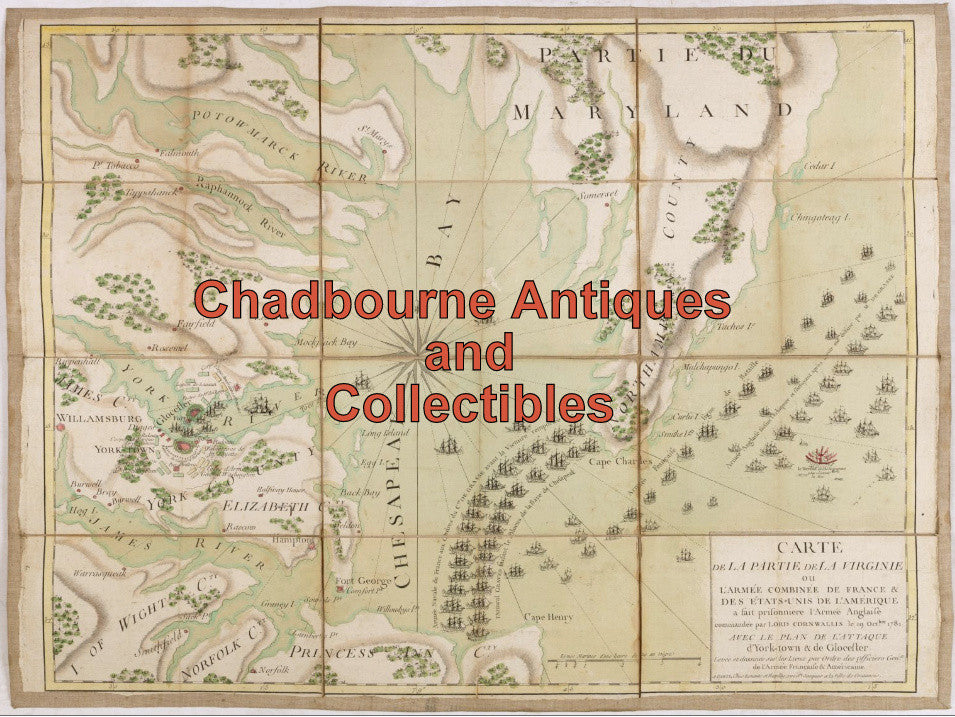$15.00 CAD
| /
Fisherman working on their boats, in background Folly Bridge and Friar Bacon's Study.
From book ' Picturesque Views of the Antiquities of England and Wales' by Henry Boswell, printed by Alexander Hogg.
'Published according to Act of Parliament by Alex.r Hogg, No. 16 Paternoster Row.'
'Hawkins sculp. engraved by William Hawkins.
Copper engraved print on thick paper.
Fold UR corner.
17 x 22 cm
Folly Bridge is a stone bridge over the River Thames carrying the Abingdon Road, south from the centre of Oxford, England. It was erected in 1825–27, to designs of a little-known architect, Ebenezer Perry, who practised in London.
Until the late 17th century the bridge was known as South Bridge, and formed part of a long causeway known as Grandpont, which stretched along most of the line of Abingdon Road. In the 13th century, the alchemist Roger Bacon lived and worked at "Friar Bacon's Study" which stood across the north end of the bridge until 1779, when it was removed to widen the road. Samuel Pepys visited Bacon's study in 1669, noting: "So to Friar Bacon's study: I up and saw it, and gave the man 1s". In 1369, when there was a grant of pontage on "Grauntpount", the structure was said to be "so dangerous as to be well nigh impassable".
Wikipedia
